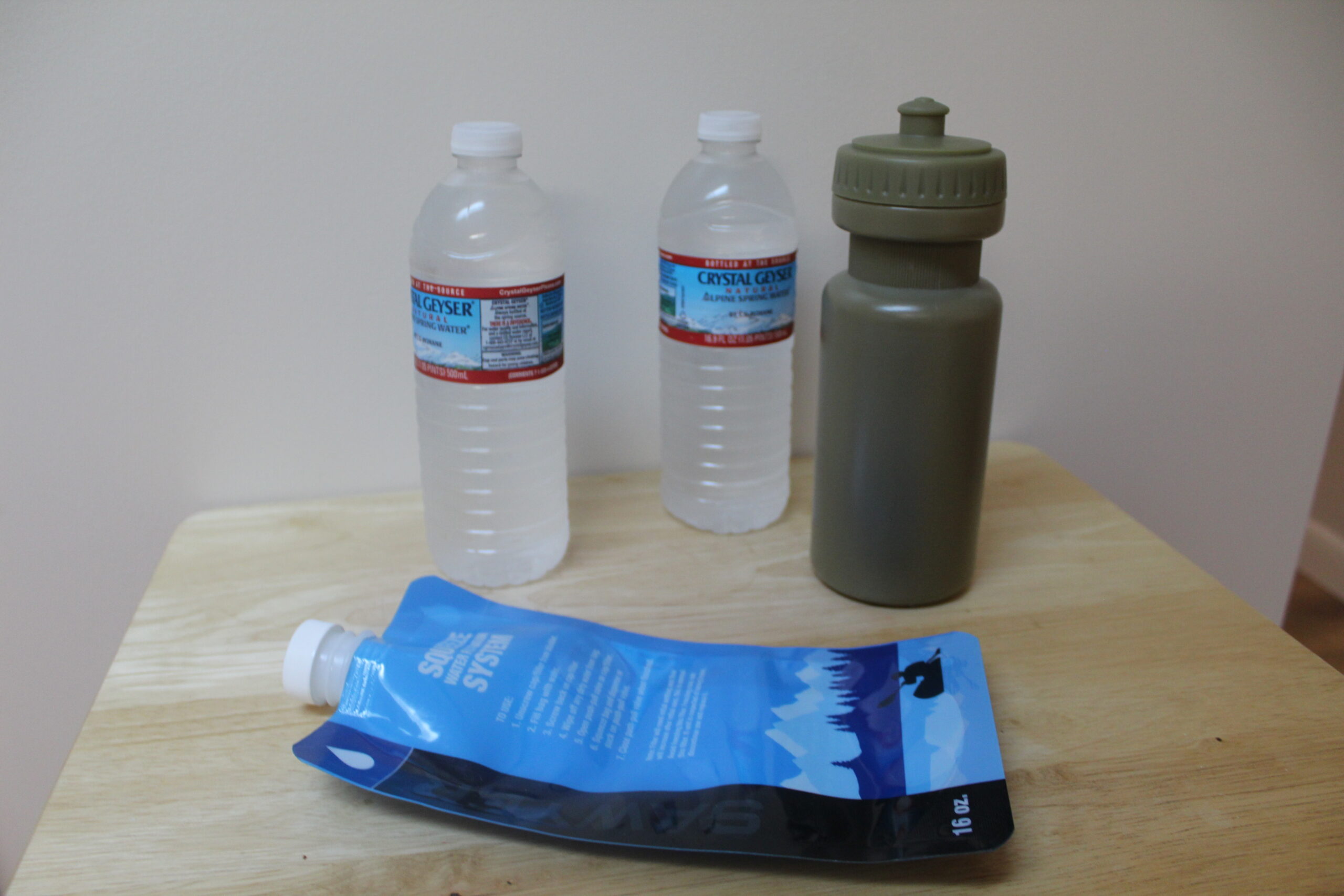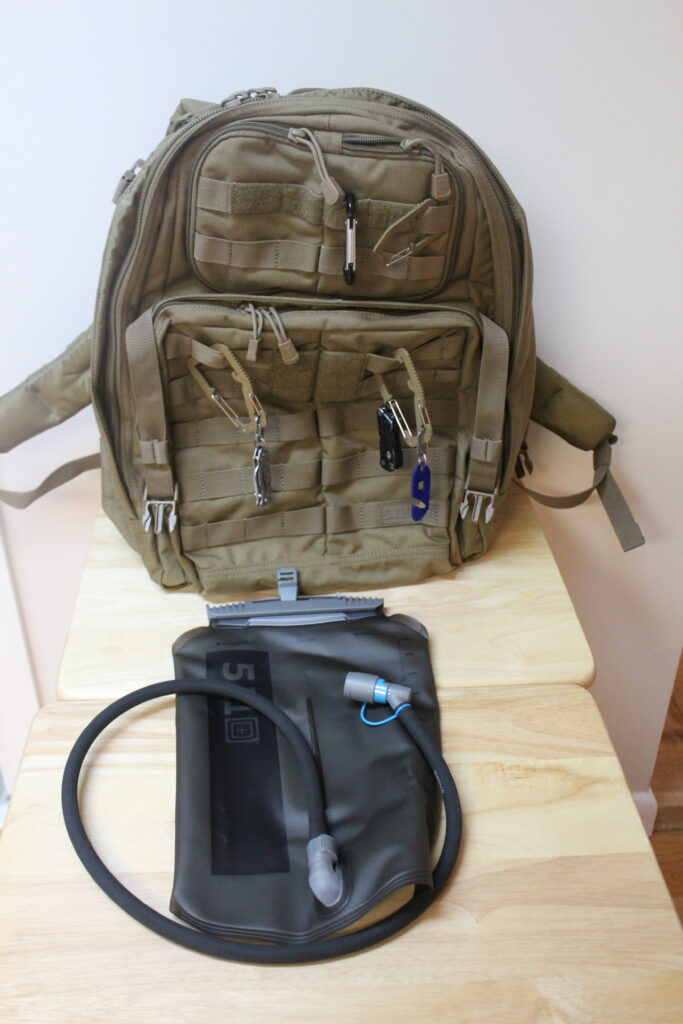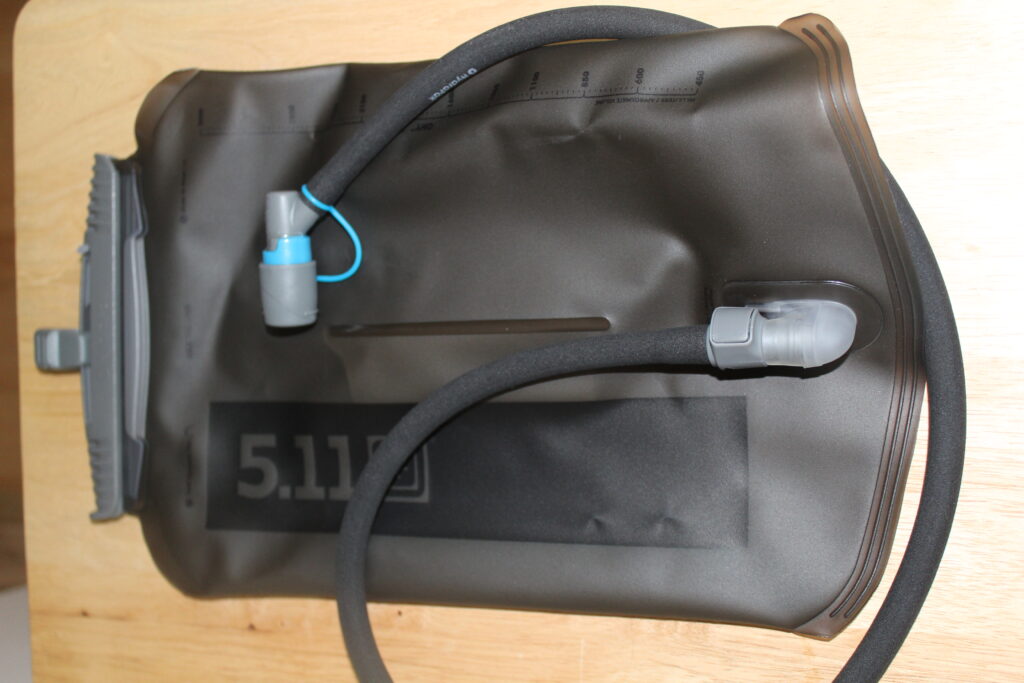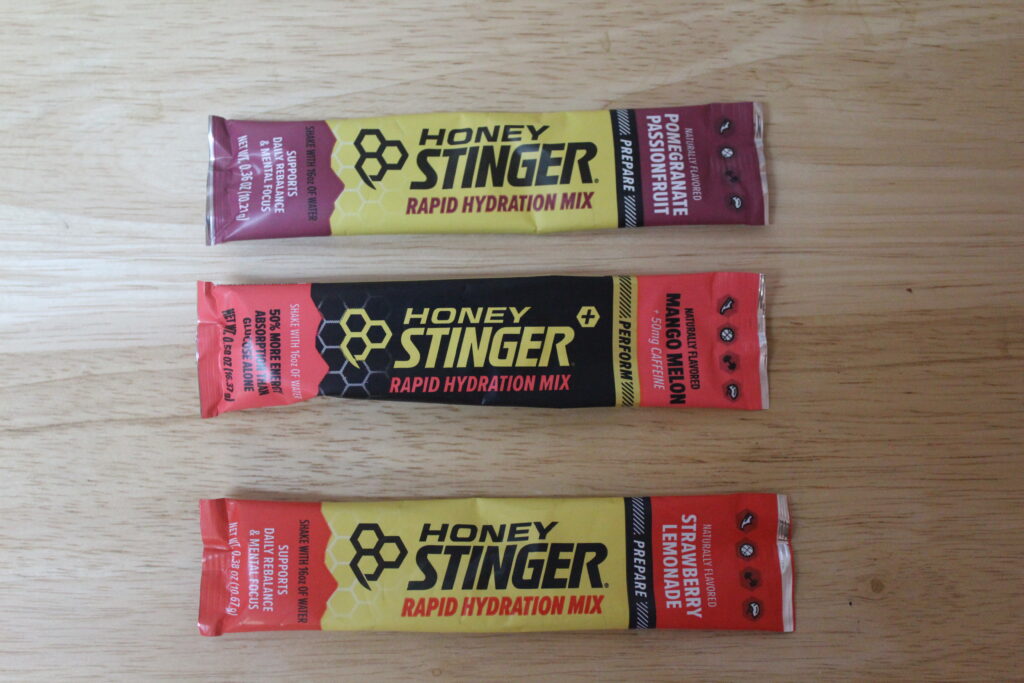By Dana Benner
Perhaps the most effective way to bring your very survival to a very unpleasant end is to become dehydrated. Water is the essence of life; without it you will die. We learn this in grade school, yet time after time again it becomes an issue. Whether you are on a day hike with your family, hunting or fishing trip with your buddies or it is a true emergency, make sure that you carry plenty of water.
Some 40 years ago, during my time in the Army, our options were limited to a one quart canteen. We quickly learned that one canteen was no way near enough and we all started carrying multiple canteens. Fast forward to today and you will find many options available to include hydration packs that fit into your pack. Whatever your option, remember that staying hydrated equals staying alive.
How Long Will You Last?
Dehydration is a silent enemy that will sneak up on you and you will not realize it is happening until it is too late. Way too many people only drink when they are thirsty. What they don’t realize is that when your body tells you that you are thirsty it is often too late. A common misconception is that dehydration only happens in the hotter times of the year. Actually, just as many, or more, cases occur during the colder times. Cold dry air draws moisture from your body very quickly. Strenuous outdoor activity, such as splitting wood, shoveling, skiing, etc. only adds to the problem, and because you are not noticeability sweating, you notice it less. Dehydration leads to decreased mental and motor skills; and muscle cramps and dizziness. You will not think clearly and a wrong decision could be fatal.
The human body can go about 21 days without food, but only three days without water. For this reason it is very important to carry plenty of water and drink often; I can’t emphasis this enough. Coffee, soda and alcohol will dehydrate you even faster. If you are one of those people who only drink flavored water there are plenty of powdered additives available. The ones I really like are Rapid Hydration Mix put out by Honey Stinger. They not only have flavoring, but also other additives that the body needs. The packets are small, light and easy to carry in your shirt pocket or the pockets on your pack.
My normal day pack with hydration bladder
What I Carry:
My water load depends on the activity I am doing, where I am doing it and how I get to the area. If I am running a chainsaw on a friend’s woodlot there is a good chance that I got there by truck. That being the case, a five gallon water container will be in the vehicle, as well as a canteen or two in my pack. While day hiking with my dog and family, each person is carrying a few bottles, or canteens, full of water and I will carry extra water for the dog.
When it comes to long serious hiking or while hunting, I carry a 5.11 Tactical WTS Wide 3L Hydration System in my pack. Like all hydration bladders, the WTS has a tube that allows you to constantly drink while on the move. The bladder holds 3 Liters (100 Fluid ounces); a great deal more than a few canteens and much easier to carry. If I am in a bug-out situation at least two five gallon water containers are in the vehicle. We can do without many things, but water is not one of them.
Hydration bladder. Using one of these is much better than carrying individual bottles
When What You Have is not Enough:
When it comes to water there just never seems to be enough. Whether I’m out hunting, fishing or just for a hike with my family, I never return with extra water. So what do you do if you find yourself out of water and there are still miles to go? What happens if you find yourself unexpectedly forced to hunker down for the night? You will need water. Before you head to a nearby stream to fill your hydration bag, canteen or bottle, you need to realize that all such water will need to be boiled, chemically treated or filtered before you drink it. You have no idea what is, or what has been, in that water. Pathogens are found in wild water and they can make you very sick or even kill you. Do not take the risk. Just because the water the water may be clear doesn’t mean it is safe. Always assume that it is not.
While chemicals and boiling is always an option, I prefer to use water filtering systems. Two that I really like are the Sawyer Mini and the Lifesaver Liberty. Both of these filtering systems not only eliminate most of the natural bad things, as well as many chemicals that may be in the water.
My pack with hydration bladder installed
Dehydration:
I have mentioned dehydration multiple times in the article, so I should mention just what dehydration is; how to recognize it and how to treat it. Simply put, dehydration happens when more fluids leave your body than is taken in. We expel water constantly; the key is to continually take water in.
Honey Stinger Rapid Hydration Mix. If you have to add anything to your water, this is it.
Detecting the problem is key. Early signs include lethargy and dizziness. Dark urine or decreased urination are other signs. More advanced stages include dry skin, low blood pressure, increased heart rate, lack of sweating and fever. If not detected early, and corrected, dehydration can lead to organ problems, heat related issues (heat exhaustion or heat stroke) and even death.
To treat dehydration is as simple as replenishing lost body fluids. Stick to clear fluids like water, clear broths, ice cubes, sports drinks or water additives that have those extra things your body needs. Make sure to take in fluids slowly at first. Gulping water may induce vomiting which will only dehydrate you more. Above all else, stay away from coffee, tea, soda and alcohol, all of which will add to your problems.
Conclusion:
By far more people succumb to the various stages of dehydration in the field than any other potential injury. While twisted ankles, broken bones and insect stings can be avoided, they can’t always be prevented. Dehydration is a different story. It can be prevented with just some careful planning. Have fun, stay safe and stay alive.
Normal water containers carried by hikers, hunters and others. While these are good, they may not be the best option or hold enough water.






